Government mail service may be affected by the Canada Post labour disruption. Learn about how critical government mail will be handled.
Overview
Science aims to answer questions and make sense of the physical, living and digital world. Science calls on students to use their curiosity, creativity and perseverance to develop a deeper knowledge and understanding of the natural world. It includes the study of physics, chemistry, biology, Earth science, astronomy and computer science.
Through science, students develop critical thinking, problem solving, confidence and communication skills to make sense of complex information. They gain knowledge and skills by applying scientific methods. Exploring the environment through diverse perspectives and traditional knowledge allows students to connect with their surroundings and recognize the responsibility we share for our planet.
Studying science equips students to evaluate information they encounter every day and make evidence informed decisions. It can lead to careers in research, medicine, computer science, geology, engineering, astronomy, agriculture and more.
Learn more (updated August 2025)
- How to use new LearnAlberta (video)
- Read the K to 6 curriculum and draft 7-9 curriculum on new LearnAlberta
- Download the K to 6 curriculum fact sheets
- Download the draft 7 to 9 curriculum fact sheet
From draft to new curriculum: Content update summary
Current and new curriculum comparison
The following list shows how elements in the current K to 6 science curriculum, published in 1996, compare to the new curriculum. The comparisons provide examples and do not represent all the changes that were made.
| Current curriculum (1996) examples | New curriculum (March 2023) examples | |
|---|---|---|
| Specific units and topics | Content is organized by units and topics that limit connections between scientific ideas, methods and thinking. | Students build foundational knowledge across K to 6 to deepen their understanding of scientific ideas, methods and thinking. |
| Computational thinking | There are no references to problem solving with coding. | There are clear expectations for students to learn problem solving techniques that include coding and algorithms. |
| Science components/scientific methods | Students learn to apply science inquiry skills at each grade but do not study scientific methods in a separate unit. | Content related to investigation, objectivity, evidence, representation, ethics, and explanation is included in the scientific methods organizing idea, guiding questions, and learning outcomes across all grades. |
| Diverse perspectives | There are no references to diverse perspectives. There are no references to First Nations, Métis and Inuit perspectives | There are opportunities for students to explore diverse perspectives and cultures. First Nations, Métis and Inuit knowledge, practices and perspectives are clearly and respectfully included. |
Snapshot by grade
In the new K to 6 science curriculum, students will learn about matter, energy, Earth systems, living systems, space, computer science and scientific methods.
-
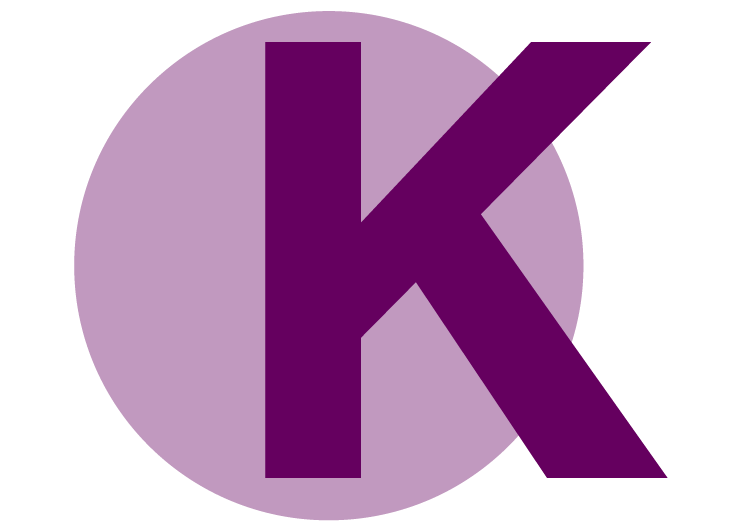 Kindergarten
Kindergarten- Explore properties using the 5 senses.
- Examine movement of objects, humans and other animals.
- Examine components of environments.
- Protect the environment by reducing waste, recycling and reusing.
- Explore the purpose of instructions.
-
 Grade 1
Grade 1- Analyze measurable properties of objects and physical changes.
- Investigate characteristics of movement.
- Analyze seasonal changes and their effects on plants and animals.
- Investigate plants and animals and the relationships among them.
- Order and follow instructions.
- Describe the steps of an investigation and make predictions, observations and conclusions.
-
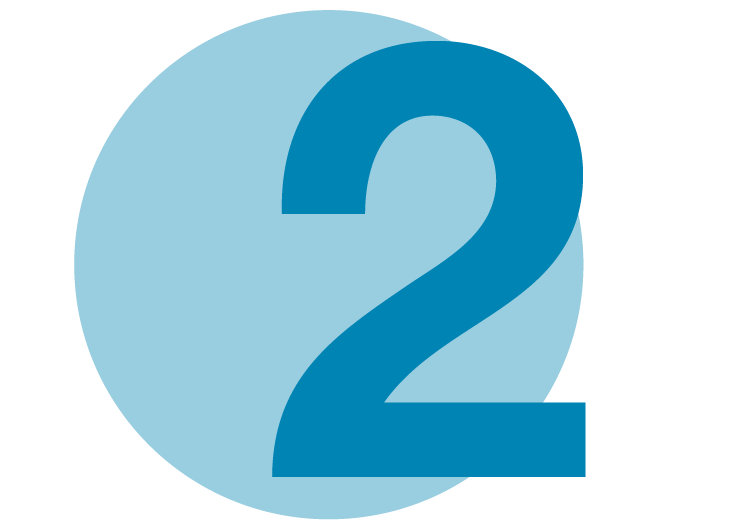 Grade 2
Grade 2- Examine properties, types, and selection of materials based on suitability, availability and sustainability.
- Investigate the sources and behaviours of light and sound.
- Examine Earth’s landforms, bodies of water and relationship to the Sun.
- Investigate the growth and development of plants and animals and explore their relationships to humans.
- Apply creativity to design precise, reliable and efficient instructions.
- Describe purposes and procedures of investigations in science.
-
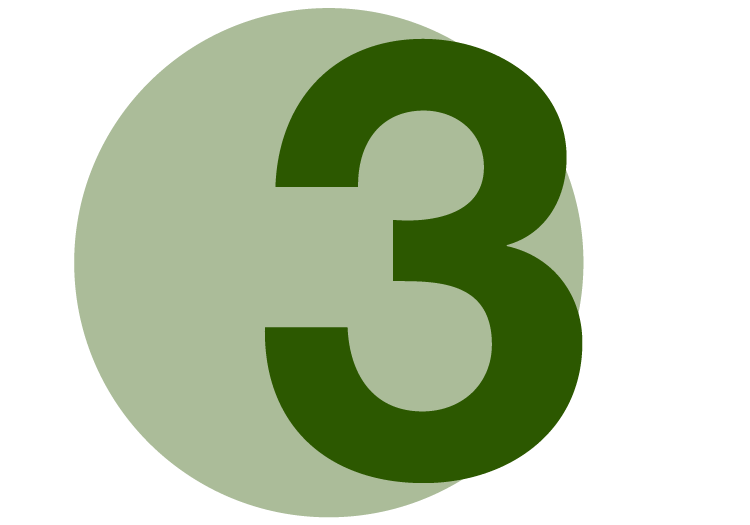 Grade 3
Grade 3- Investigate how substances can change, including water and the water cycle.
- Conduct investigations to determine the effects of contact forces on objects, including simple machines.
- Analyze changes to Earth’s surface caused by natural events and the activities of plants, humans and other animals, including growing crops and farming.
- Examine how layers of Earth’s surface, including the discovery and location of dinosaur fossils, hold information about the past.
- Discuss First Nations, Métis and Inuit relationships with and intergenerational knowledge of land and Earth’s surface.
- Analyze interactions between plants, humans, other animals and the environment.
- Investigate creativity and its relationship to computational and divergent thinking.
- Relate sources, accuracy and analysis of data to building scientific knowledge.
-
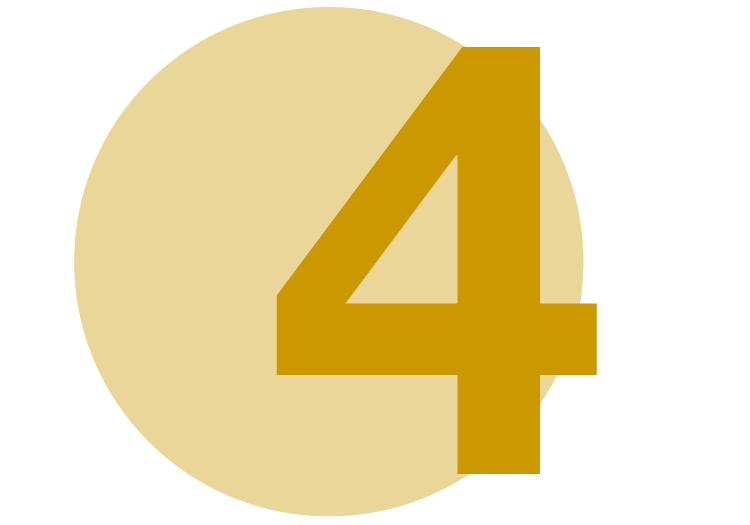 Grade 4
Grade 4- Investigate the management of waste materials and describe environmental impacts.
- Investigate the non-contact forces of gravity and magnetism.
- Analyze the interconnections between Earth’s systems (land, air, water and organisms) and explore conservation activities.
- Relate the external structures and sensory organs of organisms to their functions.
- Investigate how objects in space are connected to daily life.
- Examine design processes and their application in solving problems.
- Investigate the role of data and evidence in science.
-
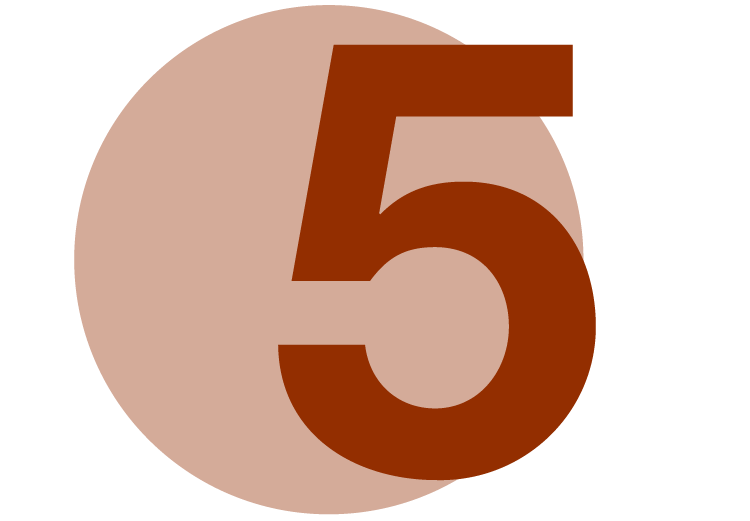 Grade 5
Grade 5- Relate the particle model of matter to the states of matter.
- Investigate forces in water and air, including buoyant force, lift and drag.
- Examine renewable and non-renewable energy resources.
- Analyze the relationships among climate, weather and agricultural practices.
- Investigate the functions of internal biological systems of organisms.
- Interpret observable processes among stars, planets, the Sun and the Moon in relation to daily living.
- Apply the design process in creating computational artifacts, including code.
- Examine controlled experiments, including consideration of evidence, bias and ethics.
-
 Grade 6
Grade 6- Relate the heating and cooling of particles to the behaviour of matter, including expansion and contraction.
- Analyze internal and external forces and their effects on objects.
- Examine scientific, environmental and economic considerations relating to energy management.
- Investigate factors affecting climate and climate change, including personal actions.
- Investigate the characteristics, components and biodiversity of ecosystems.
- Investigate celestial bodies and technologies used for exploration in the solar system.
- Examine abstractions, coding structures and the impact of computers and technology.
- Describe the role of explanation and hypothesis in science.